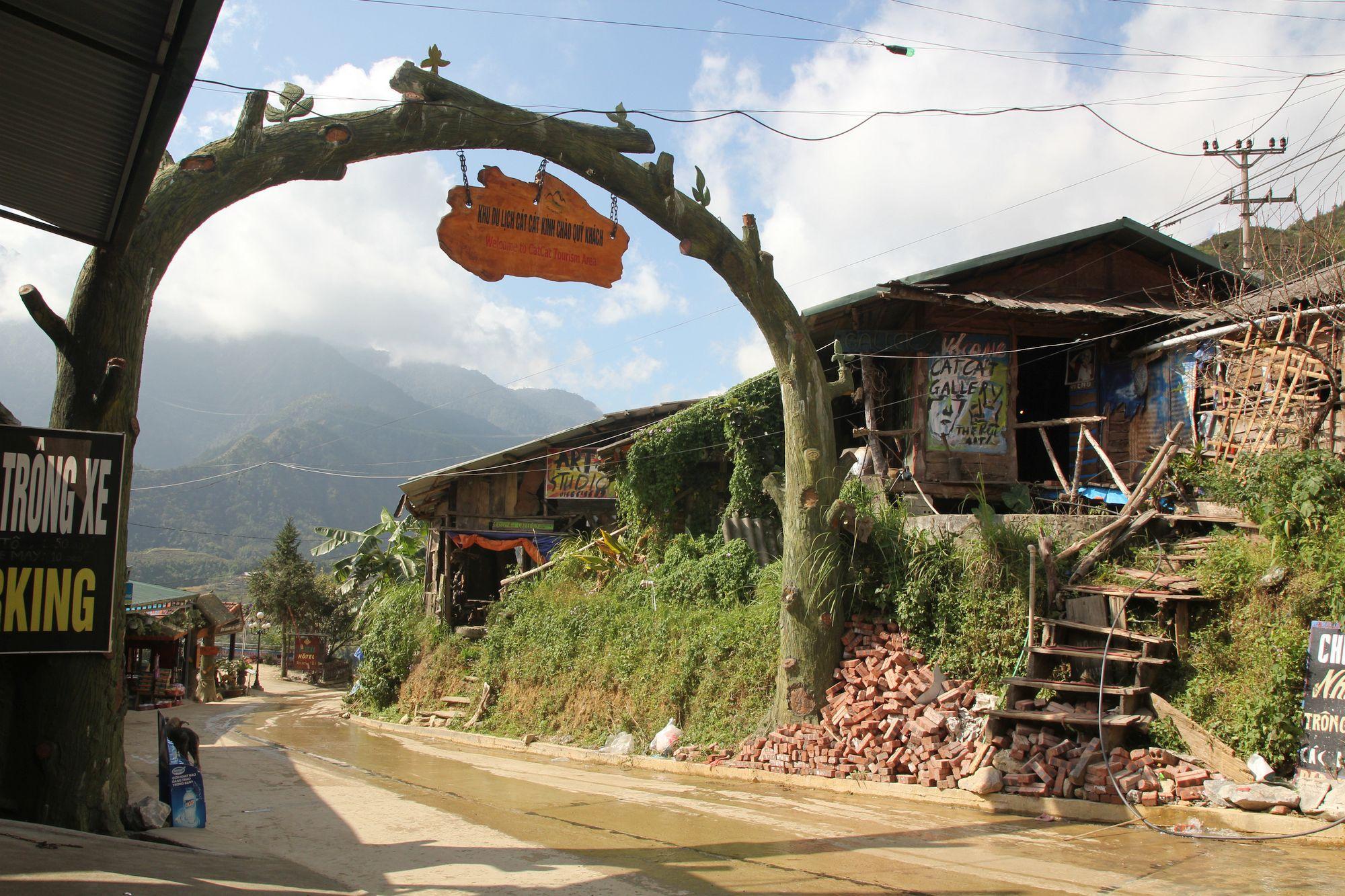In the afternoon, we are still visiting a local open-air museum - the village of Cat Cat. In Sa Pa, you will meet different ethnicies here. Here mostly Black Hmongs and Red Zaos. They will accompany you almost everywhere.

You have to buy a ticket to get into the village. Just a short walk from here is a renowned outdoor clothing store selling stuff for local prices, so you might be able to stay there. You can buy clothes for half the price, especially if you buy sports clothes which cost half the price.
Now we are going between the cottages, small stores that offer a lot of handmade items, or a fire where they grill buffalo meat for you, or heat up sticky rice or sweet potatoes. On the way, you can look inside some of the dwellings and see how the locals live. I wrote that this is an open-air museum, so only a few local people live in this village, but if you do not know someone in the area, it will not be easy to get to them.

The stairs lead you down to where you can enjoy the waterfall or visit the dance performance. It is held here several times a day and is definitely worth seeing. Right next to this scene, they have recently exhibited various items that they use locally. If you are lucky, you will see how women create embroidery and men weave baskets.



We leave the best experience to the end. The xe om - taxi service works great here. When you look at the whole village and you do not want to climb up the hill, you simply wander on one of the bikes that are just behind the bridge. You will quickly reach the hotel and the price for this service is low.


A walk on the rice field is certainly the biggest experience in Sa Pa and the surrounding . You will be accompanied by members of the Hmong and Zao ethnics. Walks are of varying length and difficulty, but basically you should count with a full-day program. You can take a look at the local school or tailor's workshop. See how corn or grain is grinded. For local peoples, tourism is one of the few sources of income. Women from the Sa Pa neighborhood, leave their homes every morning before joining the tourists, often they walk a few miles. They produce various gift items in the nights. It's a good habit to have a nice day out for you to buy something nice.


The girls are inventive, and during your walk they will produce youvarious objects from plants shattered along the way. They'll try to talk with you, usually they speak English well. They will help you in a poorly accommodating environment, and you can also make a "home lunch". On a long table, they gradually put different plates with meat, vegetables, or tofu. There must be also rice or noodles and a lot of flavoring sauces. Generally, the housekeepers do not use much spices in their food. It is up to every individual how they cook soup just by sauce or chili. The cuisine is very varied, it is what to choose from.
GPS: 22°19'48.5"N 103°50'03.9"E
Text a foto: Magdaléna Radostová


